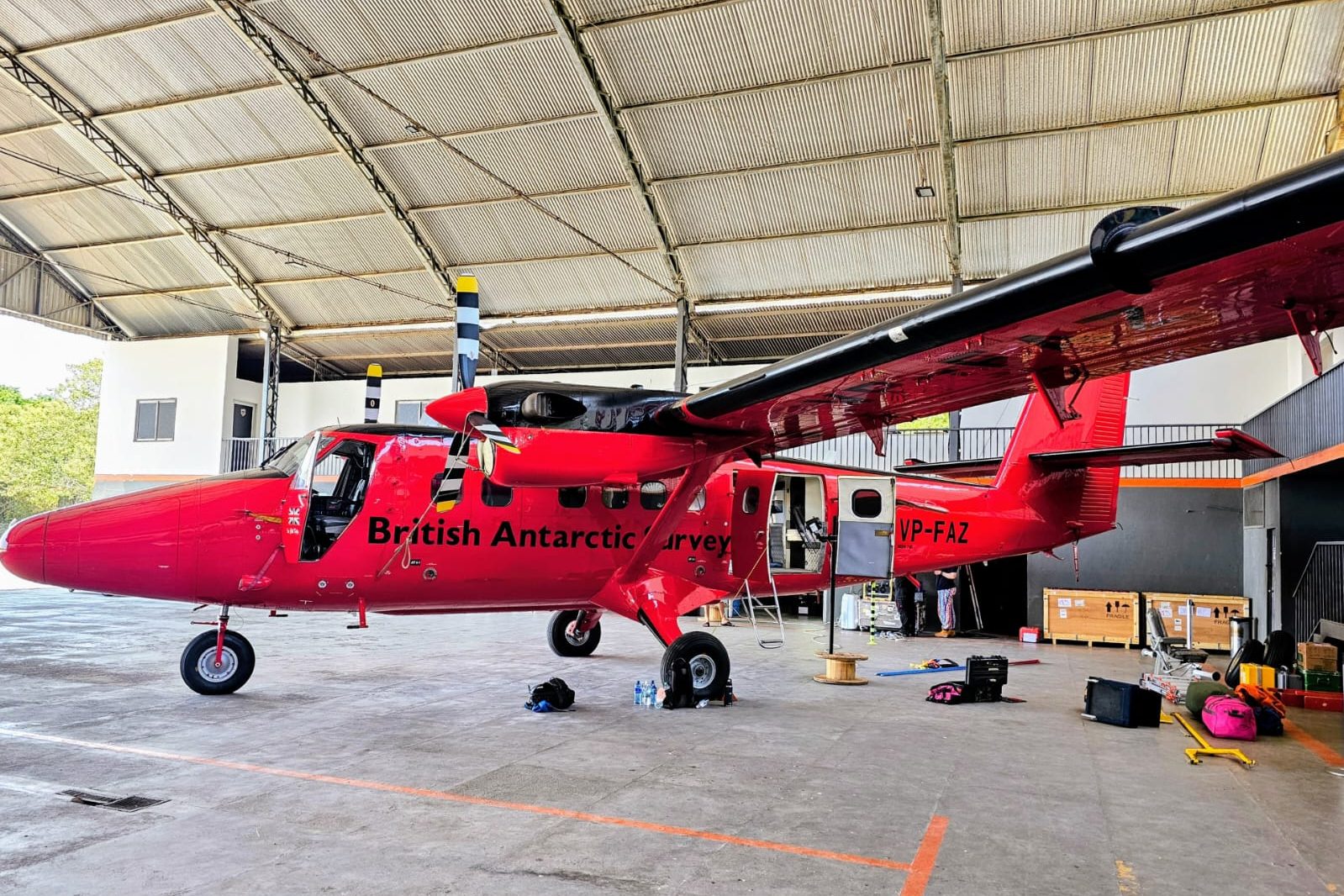
News and Media

CarbonARA: International Climate Science Team Launches Groundbreaking Campaign in the Amazon

The Amazon Basin is home to the world’s largest and most biodiverse tropical rainforest, storing an estimated hundreds of billions of tonnes of carbon in its vegetation and soil. It plays a vital role in regulating the Earth’s carbon and water cycles. However, this vast reservoir is increasingly under threat from deforestation, forest degradation, and intensifying drought and fire activity—factors that jeopardise its long-standing role as a global carbon sink.
Recent evidence suggests that the Amazon’s ability to absorb carbon from the atmosphere may be weakening. Alarmingly, some regions may already be emitting more carbon than they absorb, becoming net sources of greenhouse gases such as carbon dioxide and methane. Yet, significant uncertainties remain, as current assessments rely heavily on satellite data and models.
Recognising the urgency, the Committee on Earth Observation Satellites (CEOS) has identified the Amazon as a critical climate “tipping point” region. CEOS has called for targeted, long-term in situ greenhouse gas observations, combined with focused field campaigns, to reduce uncertainties and improve our understanding of the Amazon’s evolving carbon dynamics.

In response, the European Space Agency (ESA) has launched the CarbonARA project, led by the Earth Observation and Wildfire Research Group and the National Centre for Earth Observation (NCEO) at King’s College London. CarbonARA brings together a skilled, interdisciplinary team of UK, European, and Brazilian partners to deliver an ambitious field campaign in the eastern Amazon.
A network of fixed ground-based sensors has been installed to monitor vegetation and greenhouse gas fluxes, complementing existing measurements by Brazilian institutions. These will soon be joined by mobile sensors deployed by the King’s team to study fire activity and smoke emissions up close.
A key component of the campaign is a research aircraft operated by NERC’s British Antarctic Survey (BAS) and equipped with cutting-edge Earth observation and atmospheric sampling instruments by the NCEO Airborne Earth Observatory (NAEO) team. This aircraft will enable simultaneous, regional-scale characterisation of the Amazon’s surface and atmosphere.
Brazil has granted permission for this foreign remote sensing aircraft to operate in its airspace for the first time in recent decades—thanks to close collaboration between UK and European teams and Brazil’s National Institute for Space Research (INPE) and Federal University of Western Pará (UFOPA).
The airborne campaign will use advanced remote sensing techniques to map land cover and sample the atmosphere, measuring land-atmosphere exchanges of greenhouse gases, particulates, and air pollutants across primary forest, degraded areas, and fire-affected zones.
CarbonARA’s specific goals include:
- Quantifying greenhouse gas fluxes across different Amazonian landscapes.
- Assessing the impacts of fire and logging on forest health and atmospheric composition.
- Evaluating satellite data against detailed field measurements.
- Improving carbon cycle models to better predict future changes.
By integrating field data with satellite observations and advanced modelling, CarbonARA aims to clarify the Amazon’s shifting role in the global carbon cycle—determining whether parts of this iconic rainforest remain a vital carbon sink or are transitioning into a persistent source.
“The CarbonARA project and its campaign of measurements in the eastern Amazon is a true testament to the hard work and dedication of scientists, technicians, administrative staff, and funding agencies. This collaborative effort between Brazil, the UK, and continental Europe has assembled a fantastic team to deliver a unique and highly detailed set of measurements—some of which have never been made before in this critical region. These data will be instrumental in evaluating new satellite data and improving our ability to assess forest disturbances and their impact on greenhouse gas emissions.”
Professor Martin Wooster
Kings College London and NCEO Divisional Director leading the UK effort
Share this article



Published by Fazila Patel
Digital Communications Officer
University of Leicester
Latest News and Events


